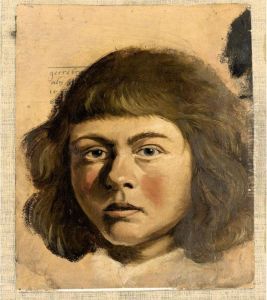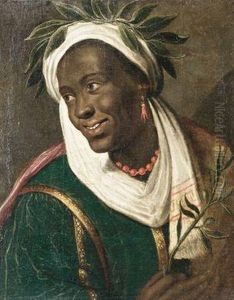Albert Eckhout Paintings
Albert Eckhout was a Dutch portrait and still life painter who played a significant role in documenting the people, flora, and fauna of Brazil in the 17th century. Born around 1610 in Groningen, Netherlands, Eckhout is often considered one of the most notable figures in the Dutch Golden Age of painting, although his work gained full recognition only centuries later. His contributions are particularly valuable in the field of ethnographic and botanical illustration, stemming from his travels to Dutch Brazil as part of Johan Maurits van Nassau-Siegen's entourage.
Eckhout traveled to Brazil in 1637, where he stayed until 1644. During this period, he produced a series of paintings that serve as a historical record of the indigenous peoples, African slaves, and plant and animal life he encountered. These works are remarkable for their size — often life-size — detail, and the ethnographic accuracy, which was uncommon at the time. Eckhout's Brazilian works include portraits of Tupinambá warriors, Tapuya dancers, and still lifes featuring Brazilian fruits and vegetables, which were exotic and unknown to European audiences.
Upon returning to the Netherlands, Eckhout's Brazilian works were gifted to Louis XIV of France by Johan Maurits and subsequently became part of the collection at the Musée du Louvre in Paris. Despite the significance of his Brazilian oeuvre, Eckhout's work was somewhat overshadowed by his contemporaries until the 20th century, when scholars began to appreciate his contributions to ethnographic art and the documentation of colonial Brazil. His paintings are now considered crucial for understanding the cultural and biological diversity of 17th-century Brazil and provide insight into the colonial encounters between Europe and the Americas.
Eckhout's legacy extends beyond his Brazilian works. He was also a skilled portraitist and still life painter in Europe, although these aspects of his oeuvre are less well-known. His ability to capture the richness of the New World and its peoples in a detailed and empathetic manner makes his work an invaluable resource for historians and art historians alike. Albert Eckhout died in 1666, leaving behind a body of work that continues to fascinate and inform.

